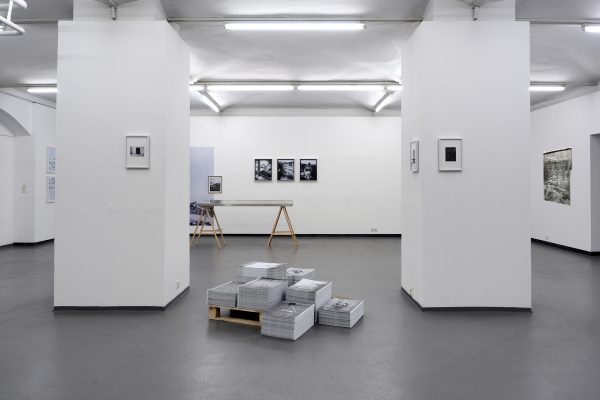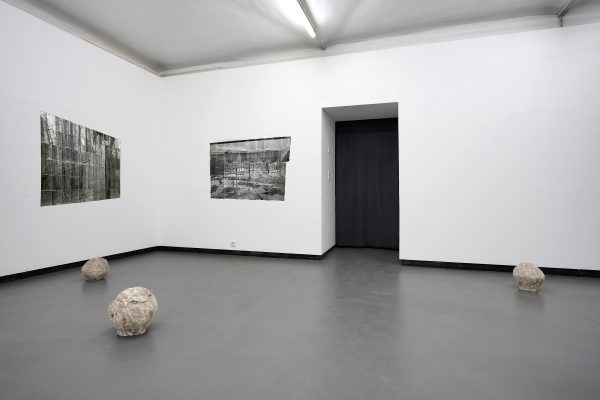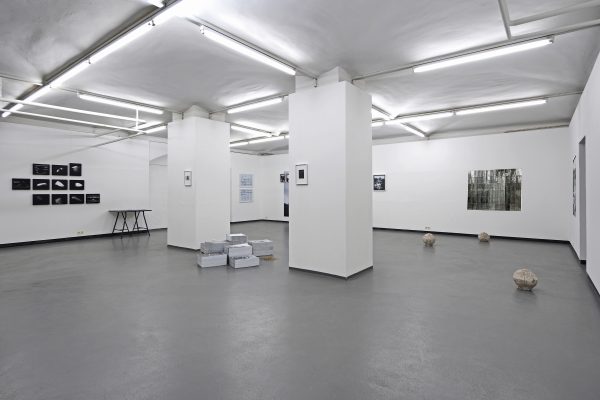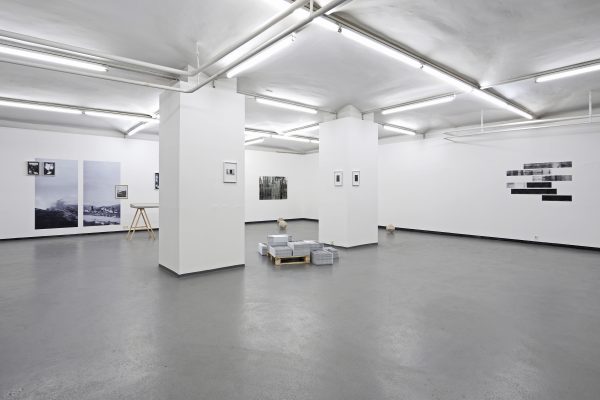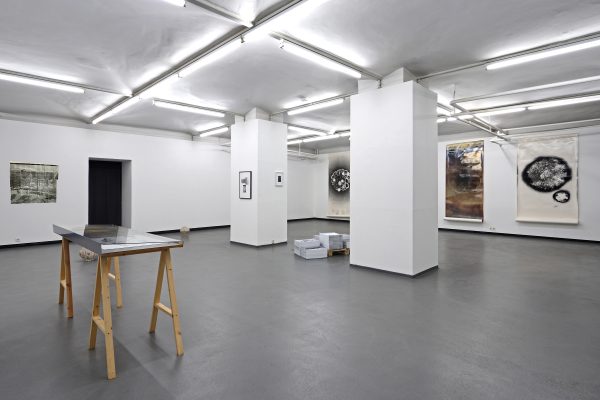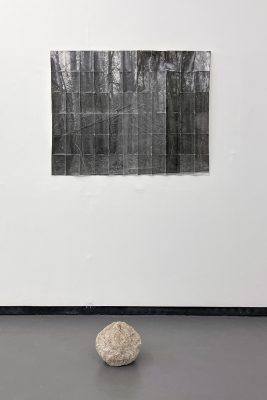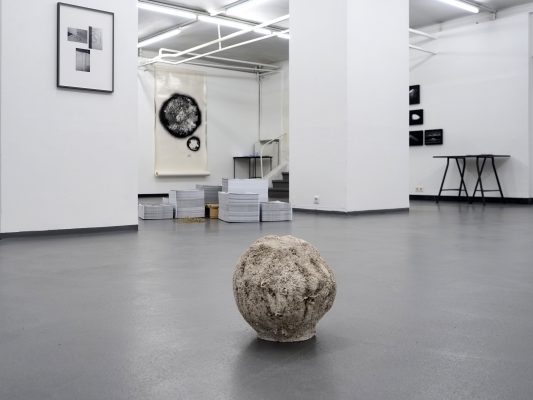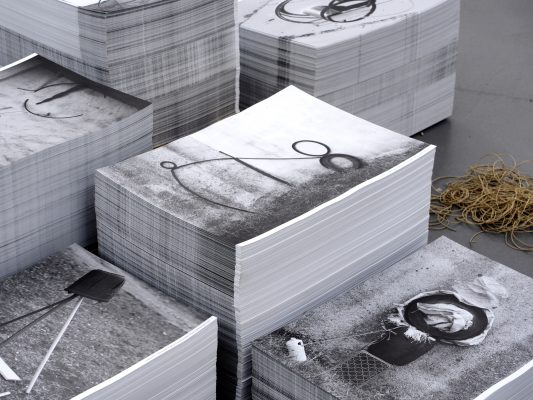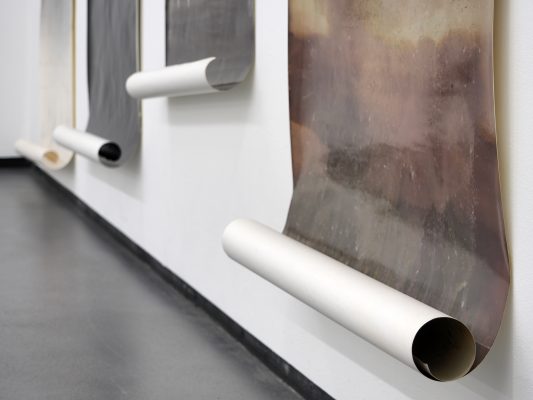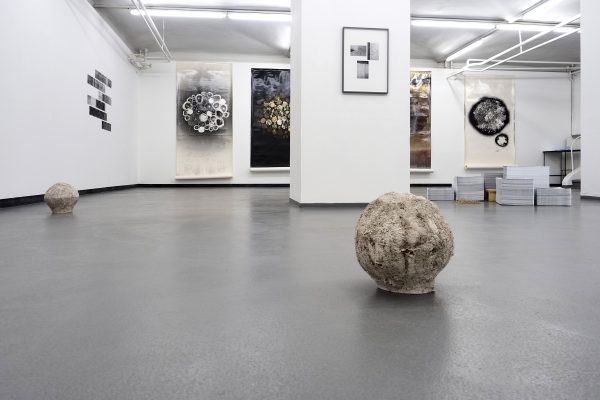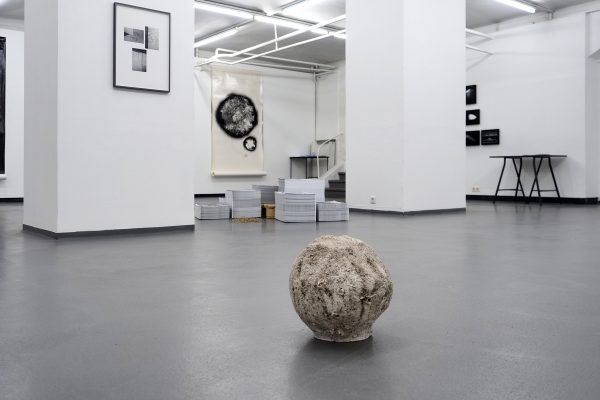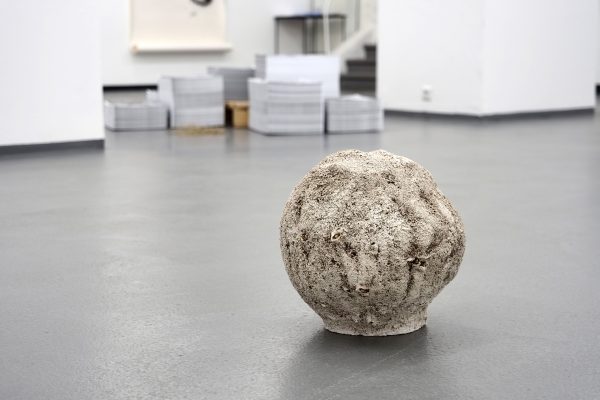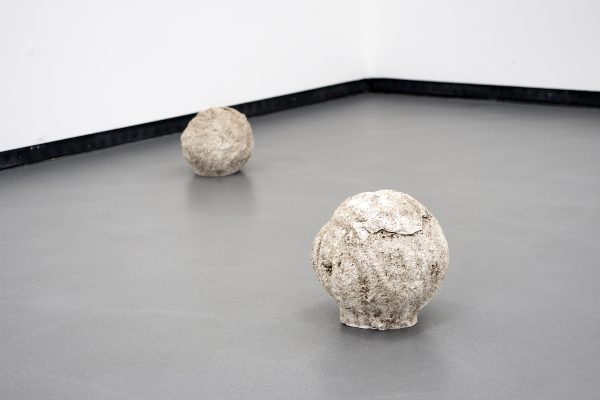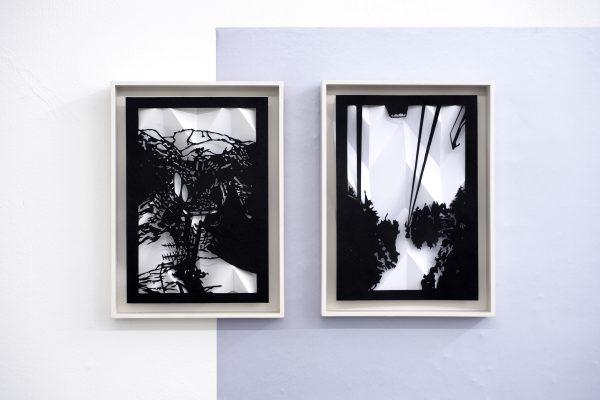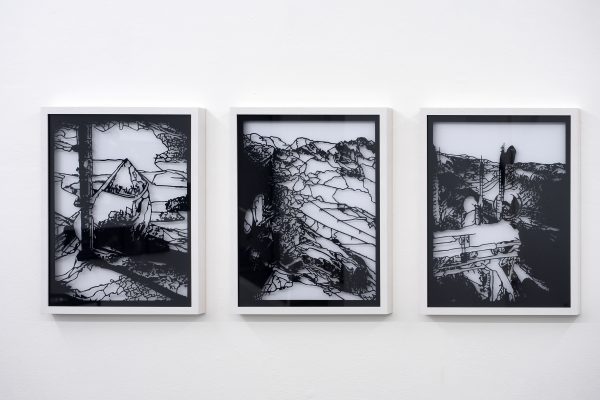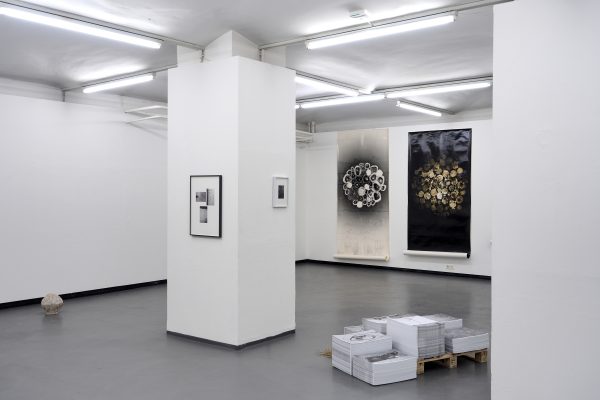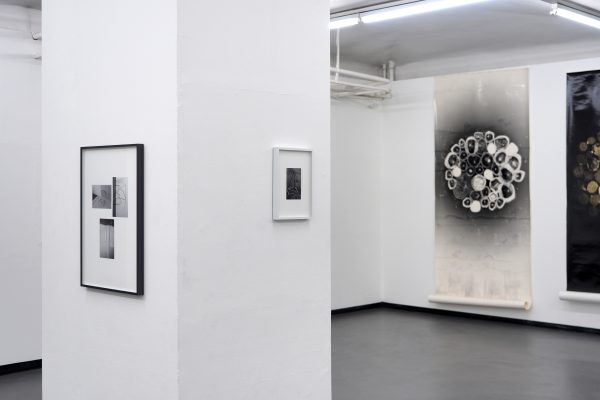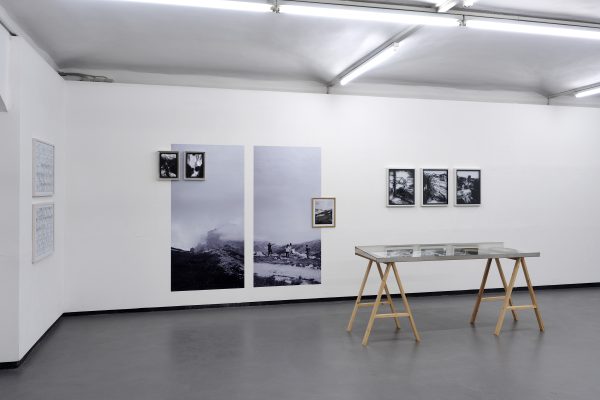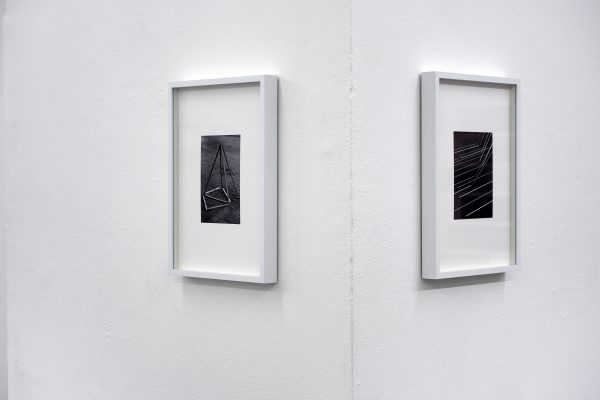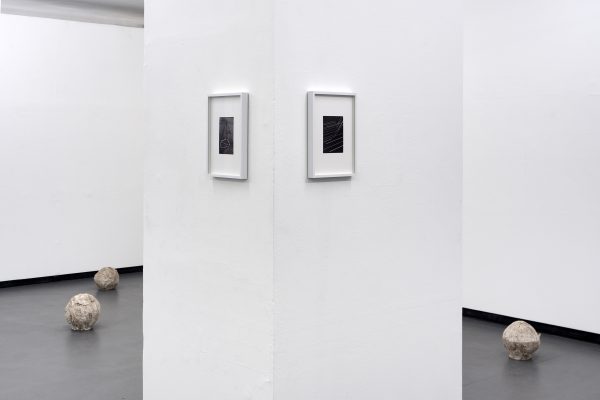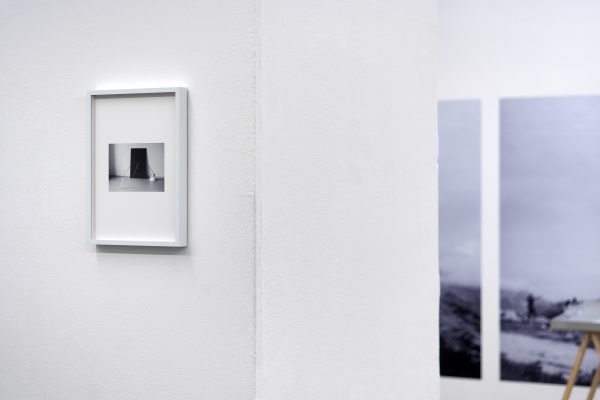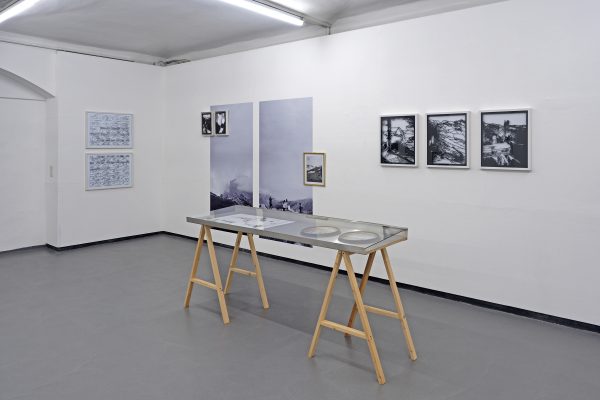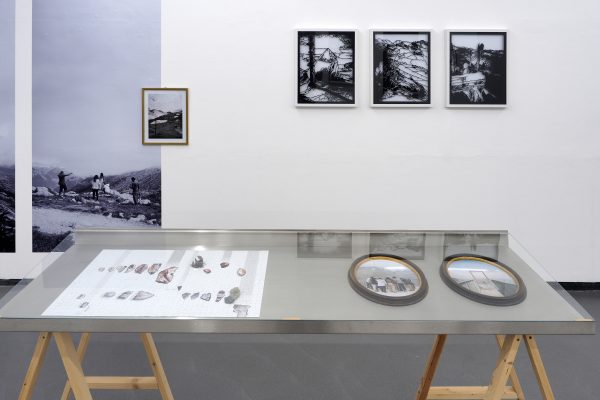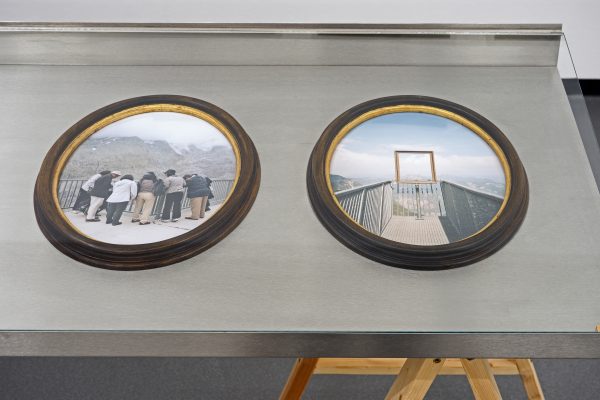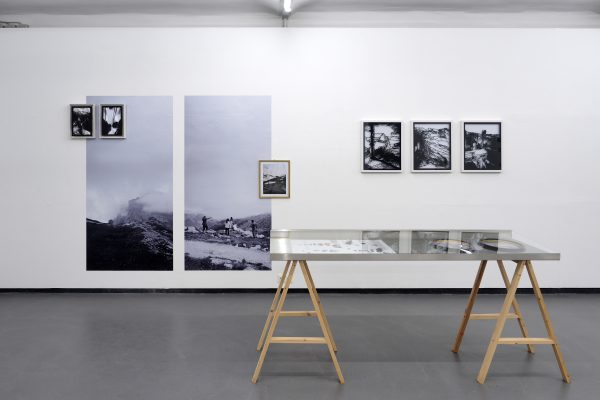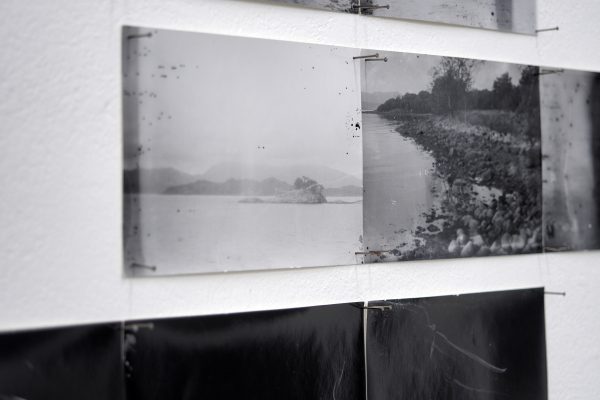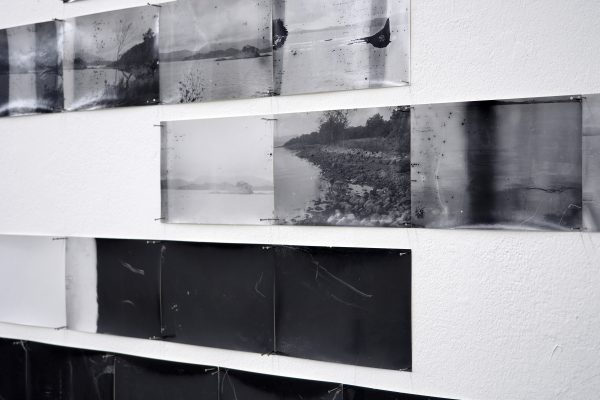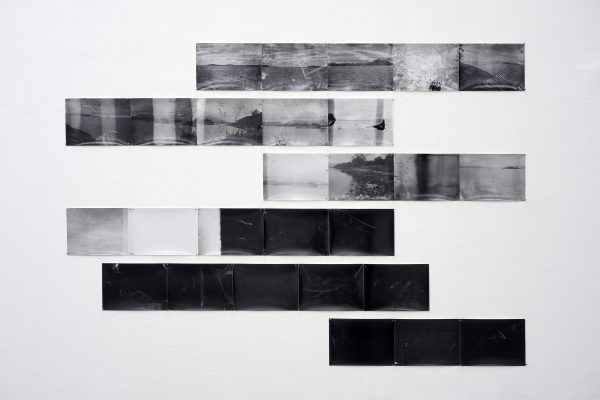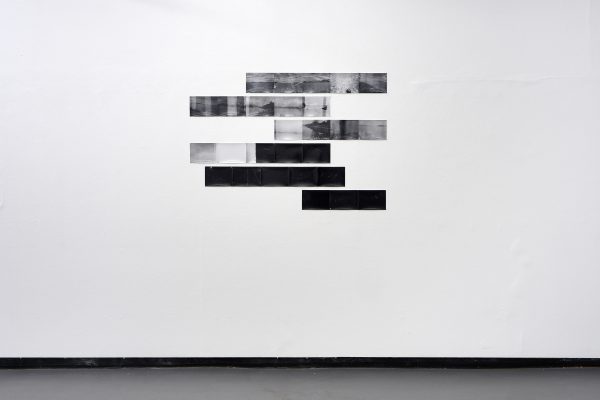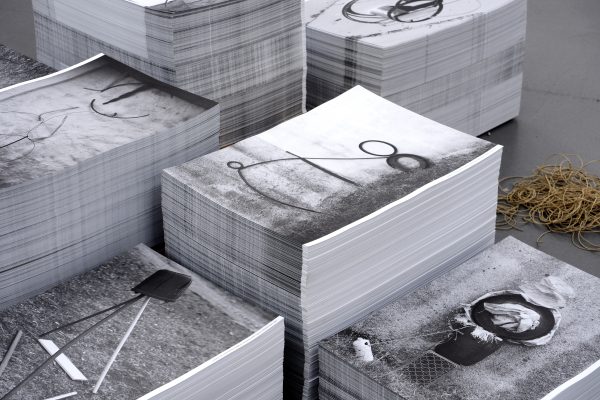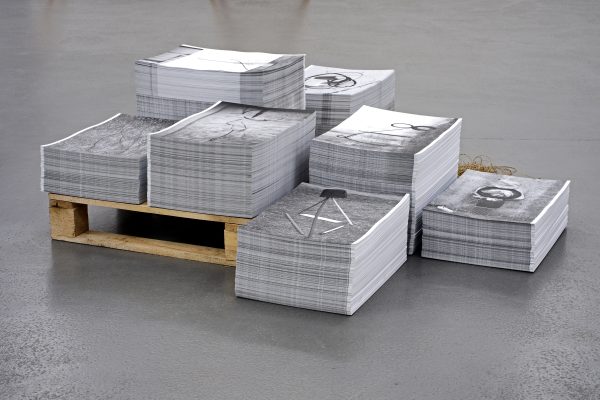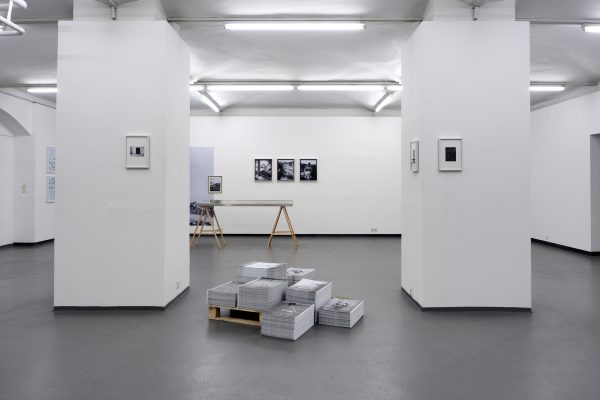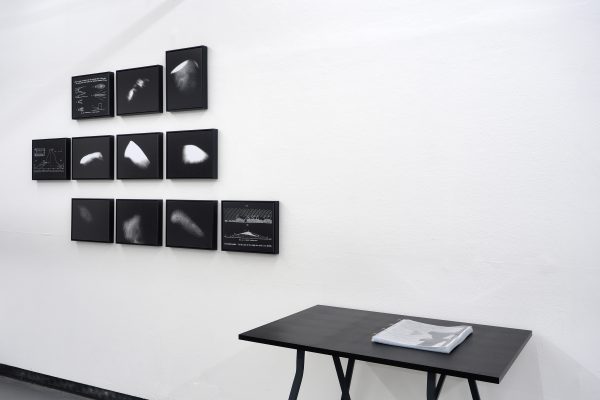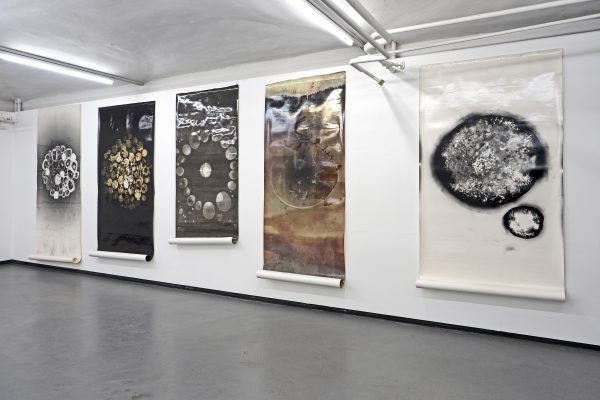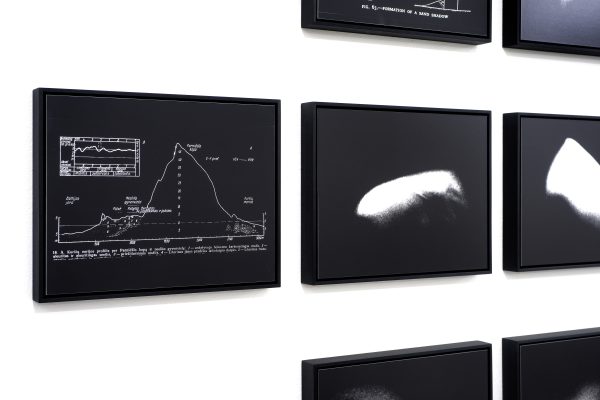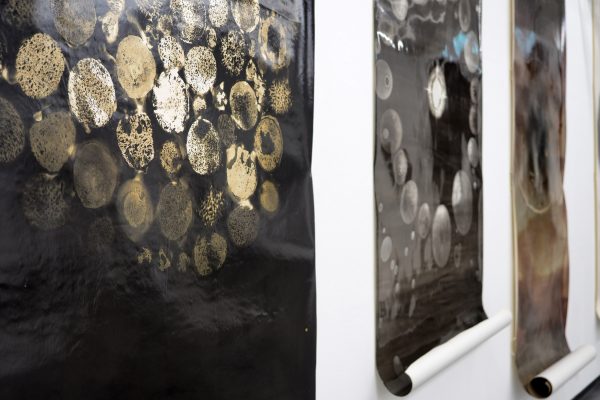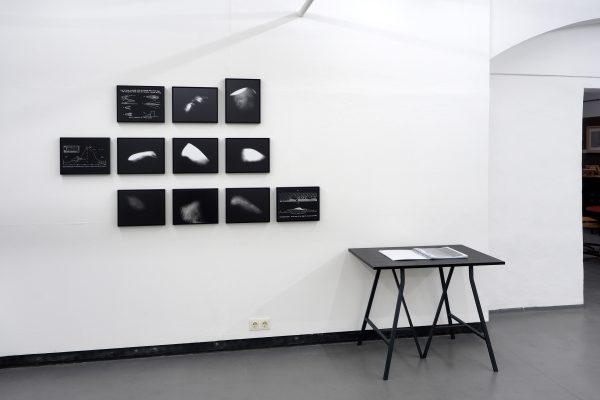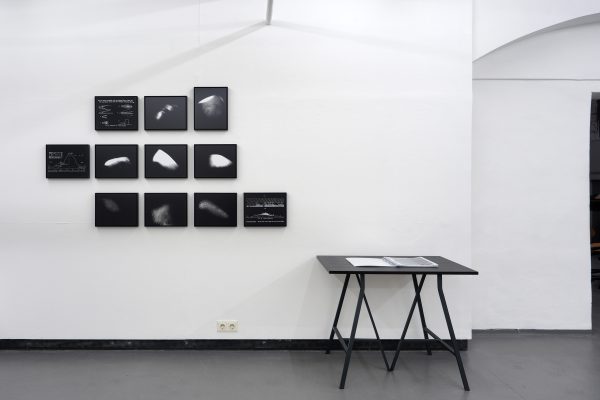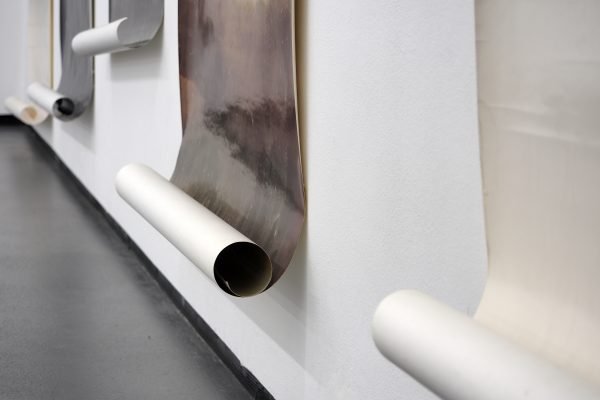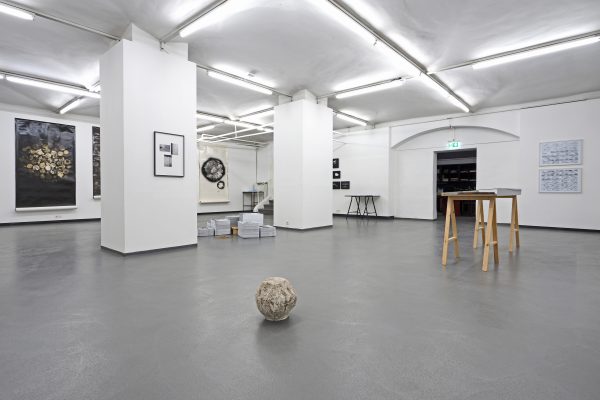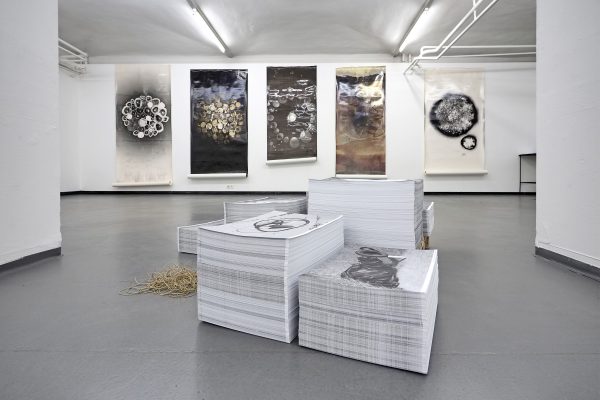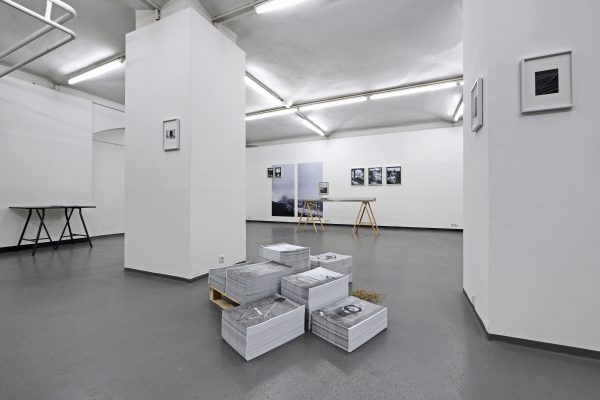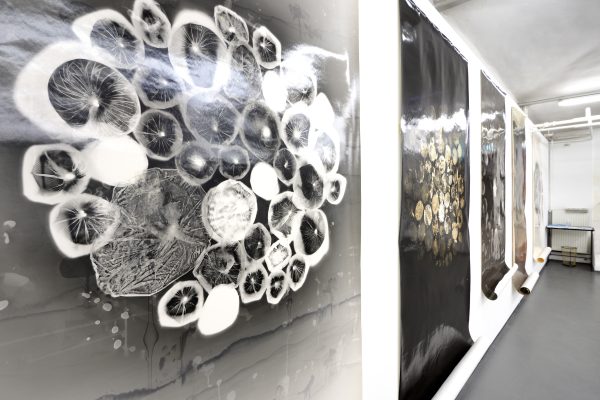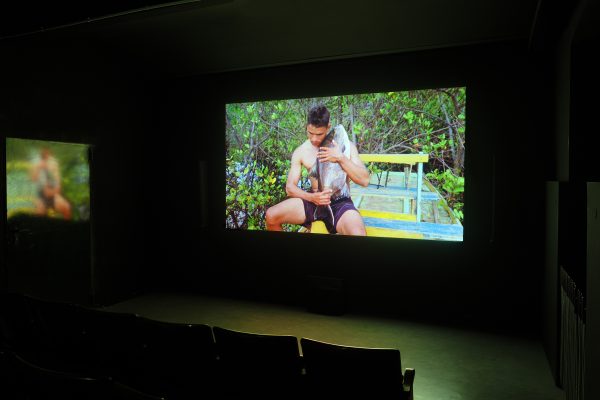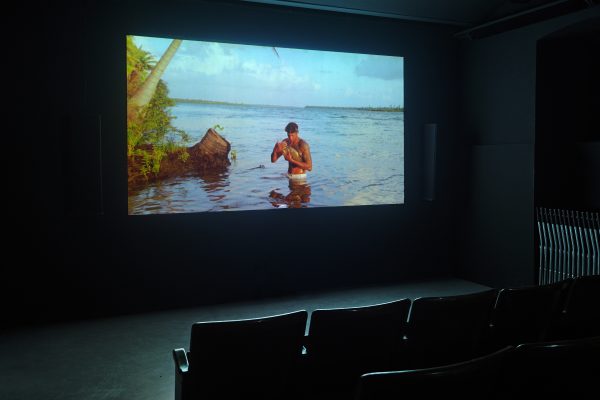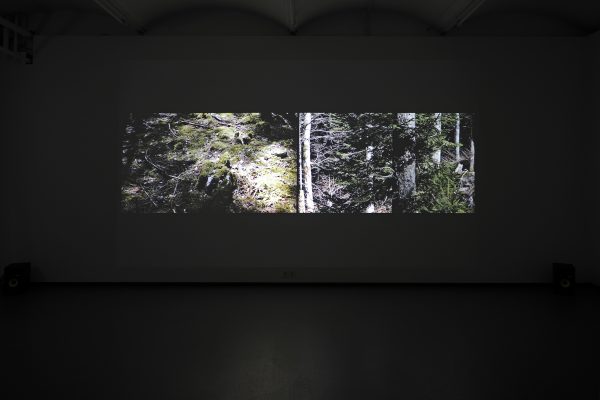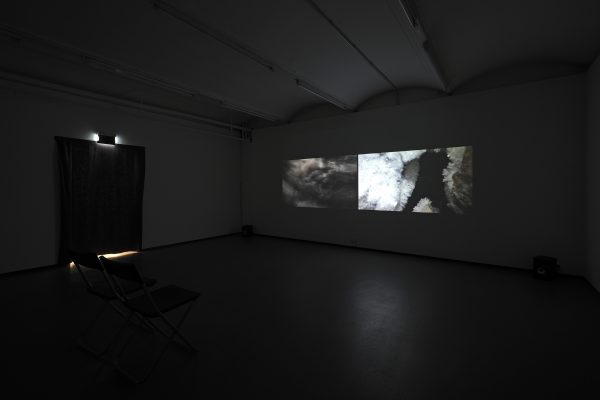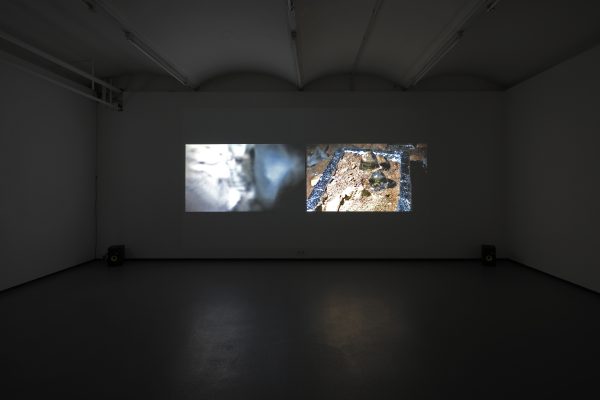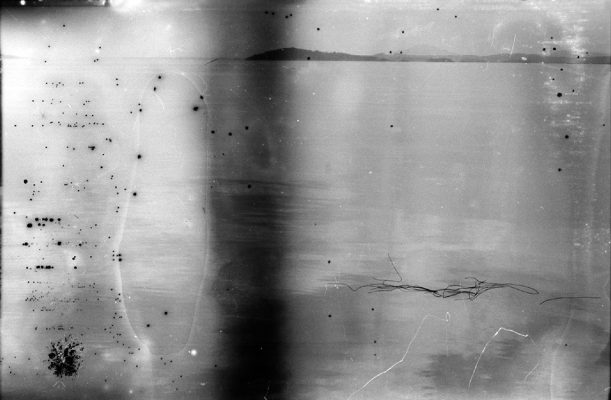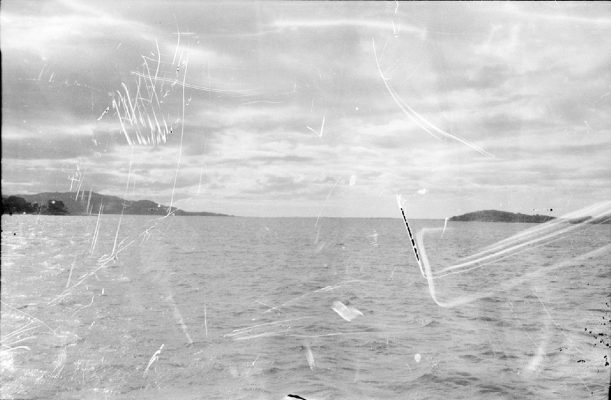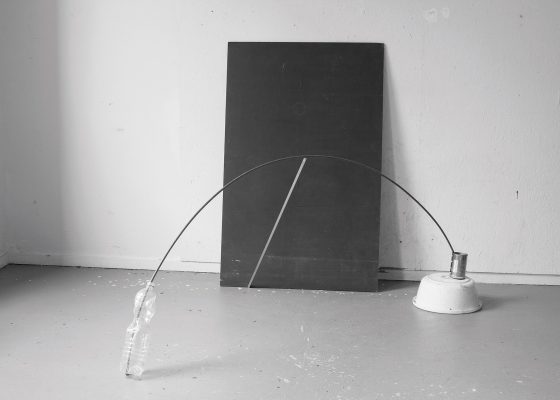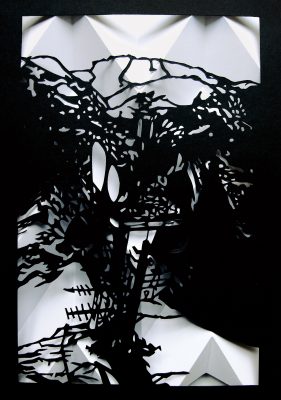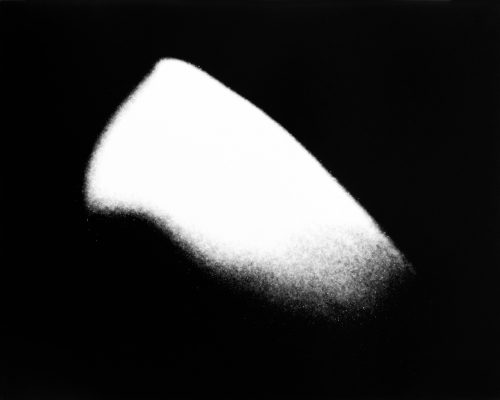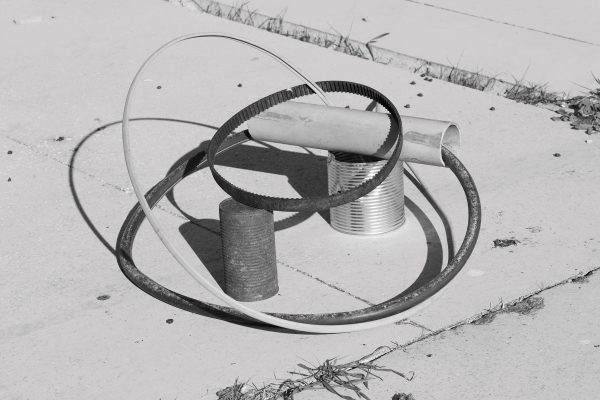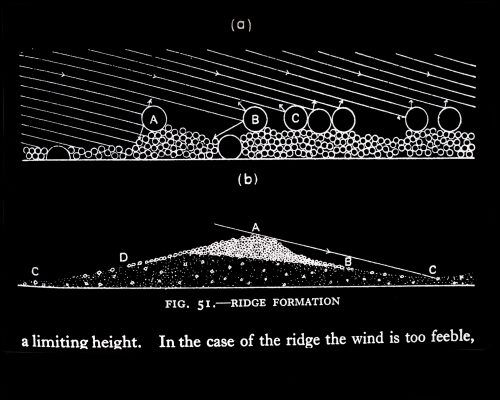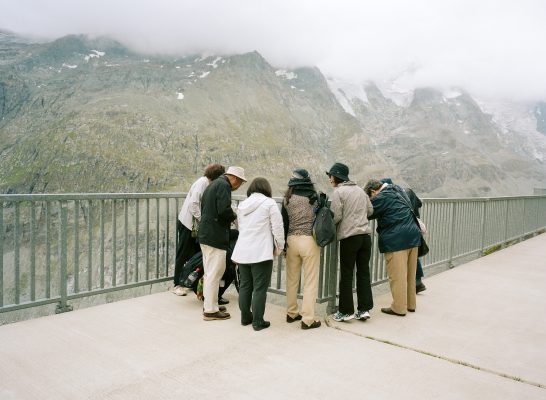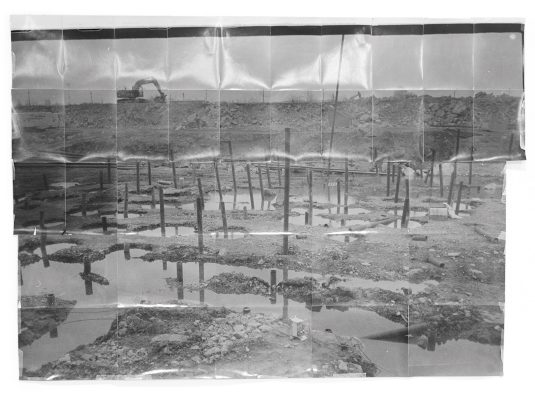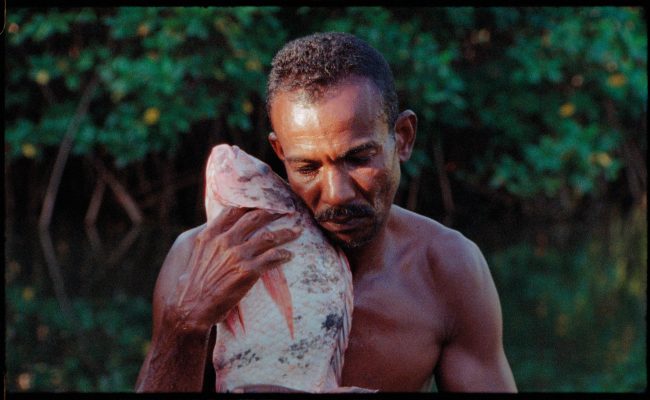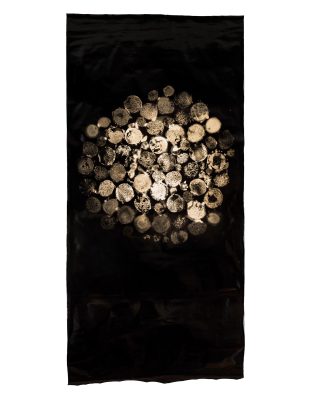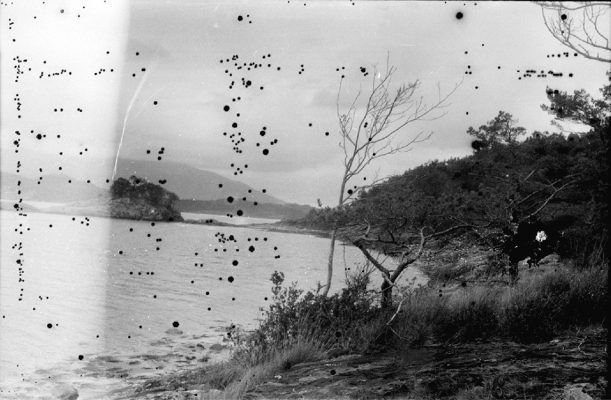Opening: Monday, 21 February 2022, 7 p.m.
Opening speech: Petra Noll-Hammerstiel
Gallery tour with Maria Holter (FOTO WIEN) and Johan Nane Simonsen: Friday, 25 March 2022 at 4 p.m.
Finissage: Friday, 25 March 2022, 6–9 p.m.
The exhibition takes place as part of FOTO WIEN (9-27 March 2022). www.fotowien.at
sponsored by: BMKOES; MA7-Kultur; Cyberlab
The exploitative intervention of humans in nature grew gradually over the centuries. Humans are, however, the only species that can repair damage or at least improve on the situation. Calls for a more mindful approach to nature have been getting louder, though “restoration” runs the inherent risk of renewed human control and domination. A reassessment of our view of nature and its care, “nature and nurture” is necessary. The diverse approaches in the works by the exhibiting artists propose new ways of thinking about the issue. They question human attempts at restructuring and redesigning nature (and landscape) so as to be useful, they examine the leisure time activities of tourists and their dealings with animals as well as the effects of climatic change and the ‘rubbishing’ of the environment. In addition, there are works of a very different sort derived from chemical processes or other image manipulations. Situated between a natural science approach and abstract depiction they intend to sensitise our perception and our feeling for the beauty of natural phenomena while reflecting on the medium itself.
In his short film, O Peixe (The Fish), Jonathas de Andrade has created an irritating state of affairs that is situated between fact and fiction. He had fishermen from the north coast of Brazil enact a ritual in which they embrace and stroke the still living fishes they had caught only a short time before using various methods. The male power and violence used to subdue the prey is transformed into gestures imbued with sensuality even if these are also scenes of barbarity because of the fishes’ death by suffocation. The film has no dialogue and is acoustically defined by ambient sound. It shows a relaxed cruise in tropical waters accompanied by a description of the skill of the fishermen up until the unexpected developments and can be regarded as a metaphor for a caring and conscious treatment of the creatures and a rejection of conventional masculinity. The poignancy is underlined by the tenfold repetition.
One result of Anne Arden McDonald’s experimental engagement with the possibilities of photography with neither camera nor negatives is the “chemigram”, made in a laboratory with the help of natural chemicals or household cleaners and materials such as bleach and special lighting setups. For the show she presents five huge silver gelatine prints, which she terms “chemical paintings on paper“. The extremely aesthetic works show circles and spheres with which she strives to visualise planets and atoms, the beauty of the macro- and microcosm of life. “The obsession with circles,” she says, “is connected to a search for a feeling of wholeness” – striving for harmony in relation to self and the surrounding natural world.
Gertrud Fischbacher’s analogue black & white prints in the Landscape Storys series were made in Norway with an old camera. The works are part of her engagement with the depiction and perception of natural spaces and natural beauty as opposed to artificial beauty. She interrogates the photographic possibilities of an image of nature that has relevance to the present. Fischbacher’s notion that natural beauty or landscape must produce a beautiful image was thwarted by the camera when it prevented the exposed film from being rewound properly and caused scratches on the negatives. These “inscribed drawing” created another aesthetic level, one in which traces indicate the fragility of natural beauty brought about by human intervention.
Catherine Ludwig is concerned with critiquing the global phenomenon of the collective leisure time activity associated with mass tourism. She is showing multimedia works (paper cuts, manipulated photos, cartographic and diagrammatic depictions) from the work groups On the Swiss trail of Thomas Cook’s “Internationale Pauschalreisen”: 1863–2019 and SCHNEE VON GESTERN? In the latter, she examines ski tourism and the effect it has had: the increasing domestication of what was often an untouched mountain landscape. Her research as an artist not only allows insight into the destructive potential of human predatory exploitation, but also into interpersonal relationships – “We are all tourists. And every proper tourist dislikes other tourists” (Ilija Trojanow) – , political linkages and the underlying power structures in various times and places.
The video work, Alma Mater, by the artist duo P L A T E AU R E S I D U E, is concerned with the consequences of global warming as it affects the ice cave in Kunč on the Kočevski mountain plateau in Slovenia. Over the last ten years, the mild winters with little snow and hot summers have shrunk the permanent ice in this particularly low-lying cave by a metre. The video documents the art work in the cave. The artists formed an ice lens and recorded the interior of the cave using it. The absurdity of the situation is that the disappearing object (the ice sheet) is being captured by the same material (ice lens) that is simultaneously disappearing. At the end, the ice lens has completely melted.
The photo series, Impermanent Sculptures (of Indestructible Objects) by Bärbel Praun is part of the artist’s current work in which she engages with the problematic issues of refuse, consumerism and environmental pollution in various mediums. The work will be realised as a floor installation with blocks comprising prints that are free for the taking. While walking and hiking she collects discarded material found in nature and makes temporary sculptures out of it within a tight time frame. This instant between balance and fragility is captured in a photograph. The title refers to the ephemeral aspect of the sculptures as well as to the inordinate length of time required for the material to decompose. To a large extent, this can be ascribed to our irresponsible consumer behaviours.
Sebastian Reis is showing an installation consisting of two large format tableaus with barite prints (Glashaus and Baustelle) and plaster objects (Erdmodelle). These are based on his examination of humans’ attempts to redesign nature in a way that makes it useful. For Erdmodelle he dug holes in the ground in the form of the globe using his hands and then took a plaster cast of them. This plays with the notion of God as an artist who creates the world as well as the conception of the artist as a creative being. The black & white photographs installed behind the objects are from a continuing series which also deals with human intervention in nature. In addition to the aspects critiquing ecology, Reis is also concerned with issues relating to the origins of images and objects and their representation as influenced by cultural assumptions.
The black & white sand photograms from the series, Dune Reconstructions and the book installation, Grain Provocation, are part of the work group PARNIDIS GRAIN STUDIES. In it, Claudia Rohrauer combines a site-specific approach – the exploration of the Parnidis Dunes on the Curonian Spit in Lithuania – with photographic questions such as granularity, resolution and sensitivity. This convergence with the landscape takes place when she establishes the equivalence of the grain of sand as the basic component of a dune and the grain of silver that forms the basis of analogue photography. The darkroom intensifies the level of abstraction between the barite print, Grain Provocation, and the sand photogram, Dune Reconstructions, since the latter shows the grains of sand on a 1:1 scale on the paper. The abstract depictions created here oscillate between natural science and poetics.
Petra Noll-Hammerstiel
